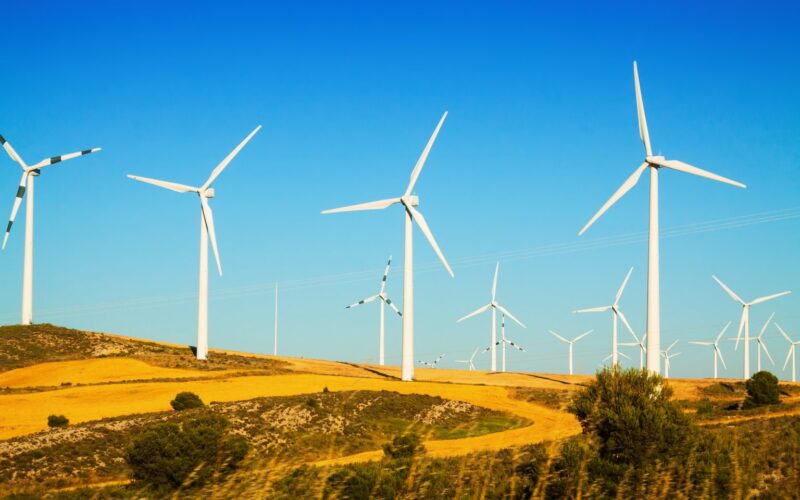At the recent UN COP28 climate change conference, world leaders set a landmark goal to triple global renewable energy capacity by 2030, a move hailed as the most significant action to cut emissions and stay within the 1.5°C climate target. According to the International Energy Agency (IEA) and the International Renewable Energy Agency (IRENA), achieving a global renewable capacity of at least 11,000 GW by 2030 is essential to maintaining this critical temperature goal. Solar and wind energy are expected to drive over 90% of this growth, with wind power alone projected to triple from 901 GW in 2022 to 2,742 GW by 2030, contributing nearly 19% of global electricity.
However, a recent analysis by Ember, an energy think tank, highlights a potential shortfall in meeting these ambitious wind energy targets. National wind capacity goals, set by 70 countries and one region, amount to a combined total of 2,157 GW by 2030, more than double the 2022 level but still falling short of the 2,742 GW required for a global tripling. This creates a gap of 585 GW that needs to be addressed.
Forecasts from the IEA, BNEF, and GWEC all agree that global wind capacity in 2030 will reach around 2,100 GW, a value similar to the sum of national targets.
Forecasts suggest that the sum of national targets is achievable globally, largely due to China’s significant role. China, which accounts for only 37% of global wind targets, is expected to contribute over 50% of new wind installations between 2024 and 2030. The country is on track to nearly triple its wind capacity from 2022 levels, surpassing its own target.
Nearly two-thirds of the 70 countries with wind targets are projected to fall short, according to the IEA’s updated forecast for January 2024. These nations are collectively aiming below the level needed to achieve the global tripling of wind capacity.
Wind energy is set to play a pivotal role in the transition to clean energy, with projections indicating that it will generate nearly as much electricity as solar in 2030, despite having less installed capacity. The IEA’s Net Zero Roadmap suggests that while solar has ambitious targets, it may not fully compensate for potential deficiencies in wind generation, underscoring the need for increased ambition and investment in wind energy globally.
“This latest report from Ember shows commendable growth of wind energy around the world. Unfortunately, we are facing a climate emergency, and the world needs transformational action that delivers on the tripling promise set out at COP28. Action must be taken on permitting, finance, and supply chains – areas where action will deliver multiple benefits that close the gap between action and delivery. There is no time for empty promises, this is the time for action,” said Ben Backwell, CEO, Global Wind Energy Council (GWEC)
Katye Altieri, Global Electricity Analyst at Ember said, “Governments are lacking ambition on wind, and especially onshore wind. Amidst the hype of solar, wind is not getting enough attention, even though it provides cheap electricity and complements solar. The path to a cleaner energy future could be shaped by prioritising improved policies, regulatory frameworks and financial support.”





















